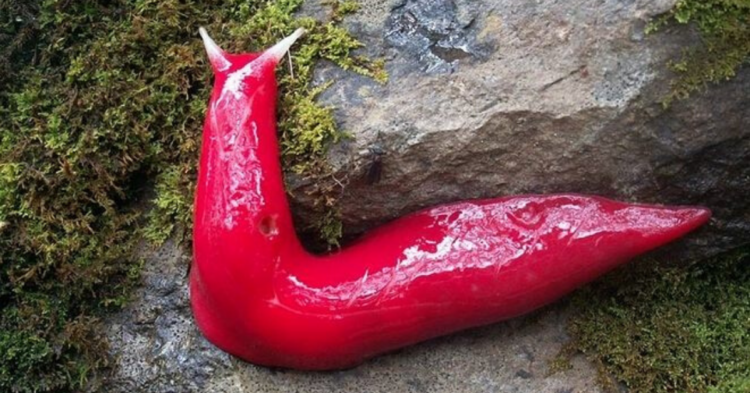Considering what the land down under has been through, with tens of millions of hectares burnt, more than a billion animals killed, and at least 30 people dead so far, not to mention thousands of homes and buildings destroyed, any good news is welcome.
It’s a catastrophe the likes of which the world has never seen, so even the small victories are worth celebrating.
Australia’s bushfires have spared little in their way.
Even some areas that weren’t supposed to burn, like rainforests and swamps, have caught fire thanks to exceptionally hot, dry weather. The nation’s volunteer firefighters have done their best, but the enormity of the situation can’t be overstated. Trying to control these fires has been nearly impossible in the absence of rain.
The result is a blackened landscape as far as the eye can see.
Significant swaths of that land is home to highly sensitive wildlife.

Many of those animals don’t exist anywhere else in the world. One in particular doesn’t exist anywhere else other than a single mountaintop, Mount Kaputar.
When the bushfires roared through Mount Kaputar National Park, it would have been reasonable to expect the bright pink slugs that reside there to be, well, kaput.
But not so fast — the slugs made it through.

As the NSW National Parks and Wildlife Service confirmed in a Facebook post , the Mount Kaputar slugs survived the fires, with about 60 of them spotted after a rainfall brought them out of hiding.
“There had been fears for this unusual species after fire impacted much of its alpine habitat,” the post read. “They may not be as cute as koalas or wallabies, but this species also plays an important role in its ecosystem.”
Unfortunately, the slugs are not out of the woods just yet.

The Mount Kaputar fire affected the area for more than six weeks, consuming 18,000 hectares of land, so while the slugs escaped the flames, they’ve lost their habitat.
Experts are also unsure of how predators will react — either they’ll be more visible to birds against the black background, or predators will assume their bright color means they’re not good to eat.
And their population was, indeed, greatly affected by the fires.

Make no mistake, 60 was a good number of the slugs to find, but according to Dr Frank Kohler of the Australian Museum, about 90% of the slugs were still wiped out by the blaze.
While the survivors do face a battle to find food, they do reproduce quickly, so they have that going for them.
It’s not just the slugs that have the deck stacked against them.

Mount Kaputar is considered an endangered ecological community, the first of its kind in Australia, and it’s also home to three species of carnivorous snails found nowhere else in the world.
While experts think the slug population may take up to five years to recover, for the snails it might be more like 20.
h/t: The Guardian , Independent
















































